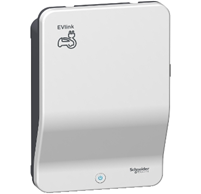What is heated tobacco and how does it differ from traditional cigarettes and vaping
Heated tobacco is a relatively new alternative to traditional smoking methods, offering a middle ground between traditional cigarettes and vaping devices. It involves a device, often referred to as a “heat-not-burn” device, that heats tobacco leaves to a temperature below combustion, producing an aerosol that is inhaled by the user. This process eliminates the combustion that occurs in traditional cigarettes, which is responsible for producing harmful chemicals and toxins.
Unlike vaping, which typically involves the vaporization of liquid containing nicotine and flavorings, heated tobacco uses real tobacco leaves. This gives heated tobacco products a taste more similar to that of traditional cigarettes, which many smokers find appealing. However, because the tobacco is not burned, the levels of harmful chemicals produced are significantly lower compared to traditional cigarette smoke.
Heated tobacco products have gained attention as a potential harm reduction strategy for smokers who are looking to quit or switch to a less harmful alternative. While they are not completely risk-free, they are generally considered to be less harmful than traditional smoking due to the reduced exposure to harmful combustion byproducts. Nevertheless, the long-term health effects of using heated tobacco are still being studied, and regulations around these products vary by country. It’s important for individuals to consider the available scientific evidence and local regulations when deciding whether to use heated tobacco as an alternative to smoking or vaping.



